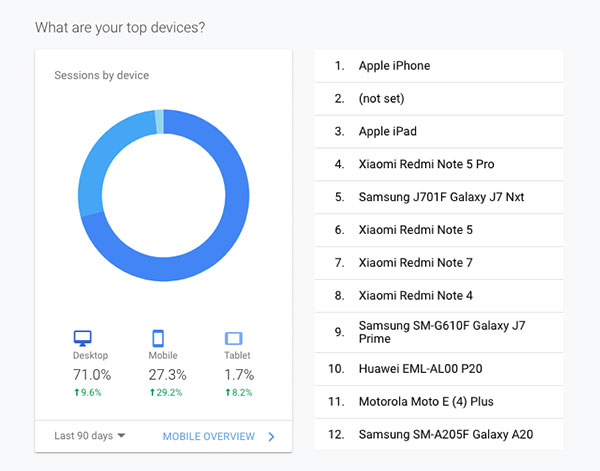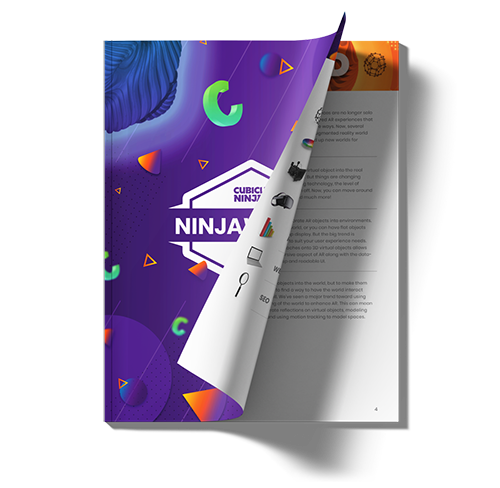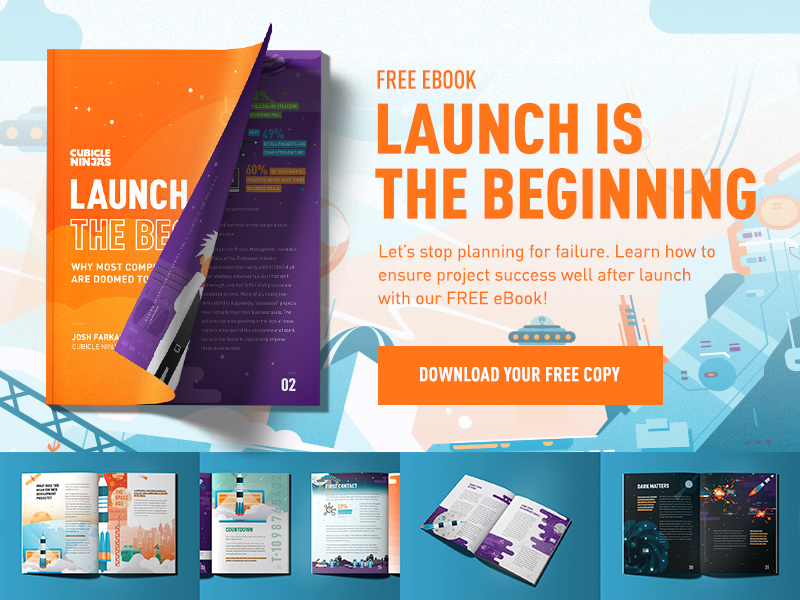
2020 SEO Trends – Ninjawards
Each year, Cubicle Ninjas’ reviews the industry’s creative highs and lows to publish a curated list of notable efforts in each specialty. Think of it as a highlights reel of the years’ best and brightest, along with some cautionary tales.
One of the core ninja principles is to always question the status quo. The Ninjawards provides a platform for inspiration, constructive criticism, and ultimately, recognition of bright new areas of design or technology. We hope our thinking unlocks new perspectives about the future of your SEO efforts!
Want to download all of the 2020 Ninjawards?
Our 2020 Ninajwards eBook is 100% free!

Refreshing Content
Publishing high-quality content with targeted keyword(s) applied on a consistent basis is an essential component of an effective overall SEO strategy. More and more companies of all sizes are getting on board in the form of lush, active blogs that engage audiences, show thought leadership, and boost organic search rankings.

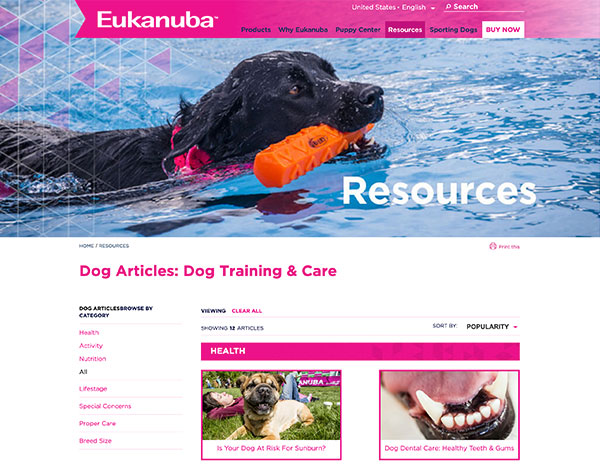

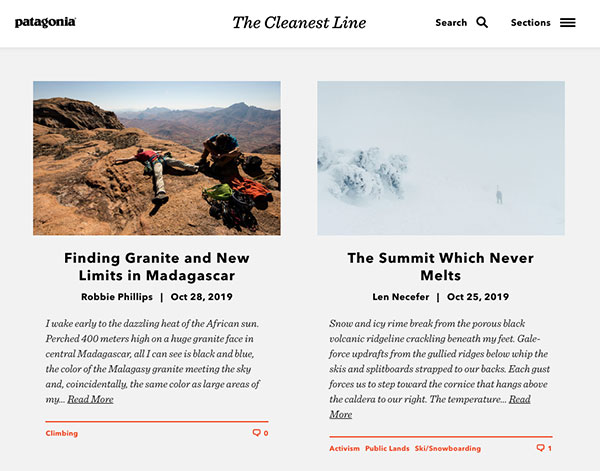
Conducting Competitor Research
Tools like SpyFu and AHREFs now make it possible for organizations to take an inside look at the SEO strategy of their competition – offering the opportunity to fill market gaps or take advantage of currently successful trends.

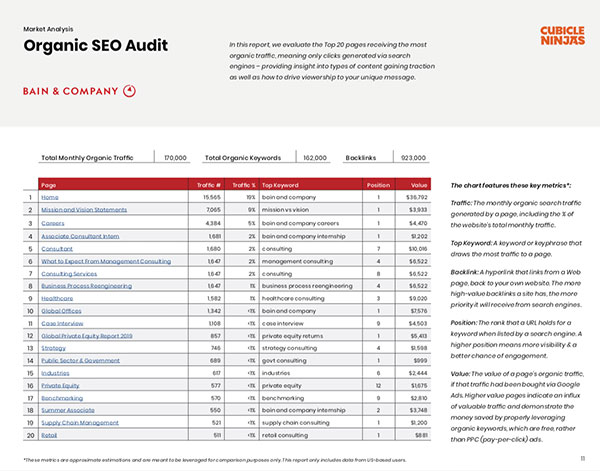
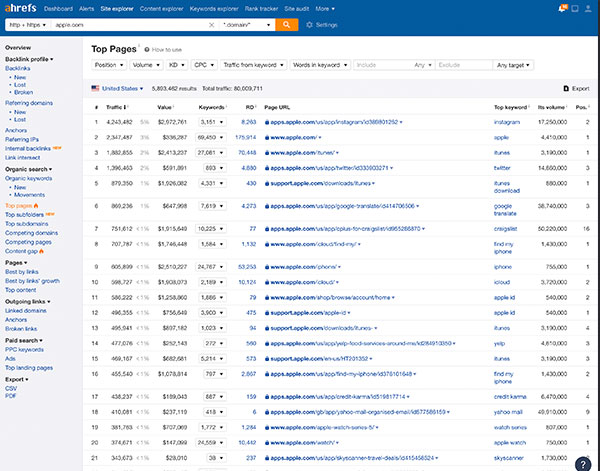
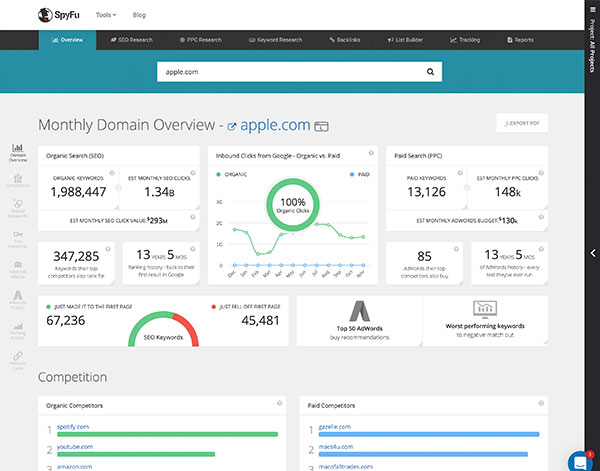
Targeting Competitive Keywords via Google Ads
When you don’t have the bandwidth to put the time and effort required for organic ranking or the keyword you want to target is already oversaturated, Google Ads is a powerful way to visibly rank for any keyword you like – instantly!



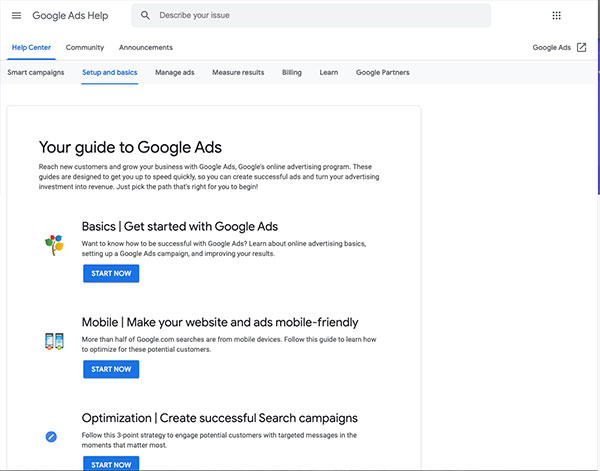
Identifying Thin Content
As search engine algorithms continue to prioritize high-quality content, what once passed inspection may now need some refreshment. Older pages with “thin content” – low word count, excessive ads, poor writing, few links, missing H tags, etc – should be identified and fleshed out accordingly to meet new standards.
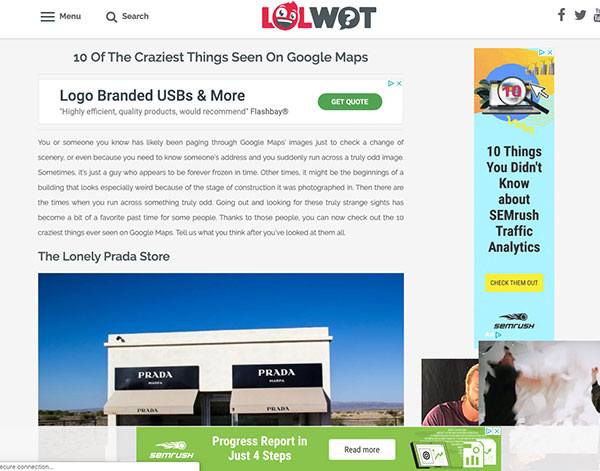
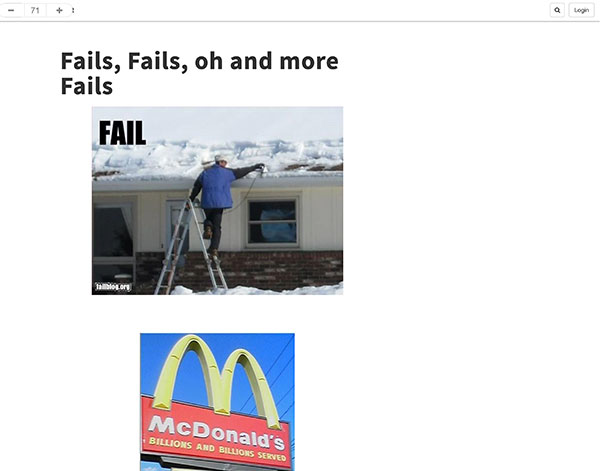



Keyword Stuffing
We’ve all heard the old saying “less is more.” This idiom rings true in the land of search engine optimization as well. Keyword stuffing is the process of overloading a page with keywords at the expense of the quality and legibility of the page content. Search engine algorithms figured out this trick and penalize pages that attempt it. In this case, remember that when it comes to keywords, go for quality over quantity.


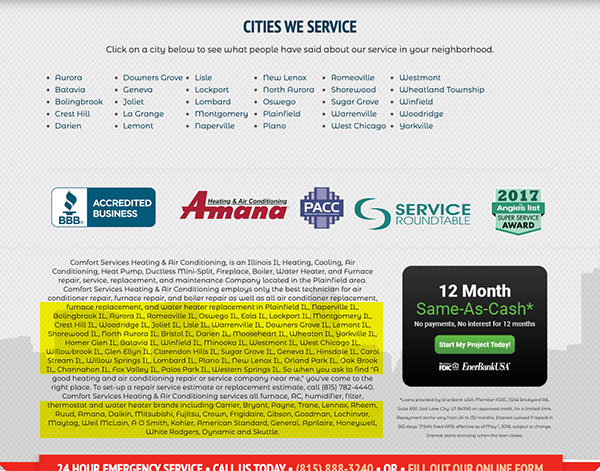

Publishing Low Quality Content
Low quality content is often a hallmark of older websites or less-than-reputable web sources looking for clicks rather than engaged users. Think deceptive information, low word count, unhelpful content, poor grammar, harmful scams, hateful speech, keyword stuffing, or intrusive ads. Thankfully, Google’s search engine now identify these often useless pieces of content and instead prioritize pages with useful, well-crafted content that will actually help users.




Using Misleading Headlines
Who hasn’t clicked on a particularly juicy headline only to find the article within had nothing to do with the title? In the era of clickbait, this is all too common, but no less annoying. The quickest way to ensure a user never visits your site again is to intentionally deceive them. Keep your audiences happy, engaged, and returning with headlines that appropriately describe the content they’re looking for.

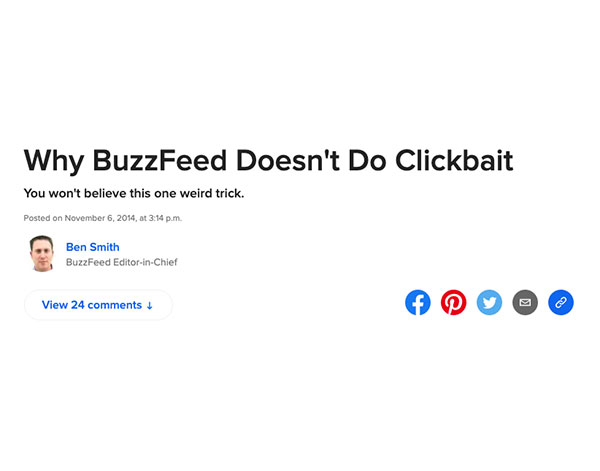



Increased Understanding of the Value of Backlinks
As the value of organic search becomes more common knowledge for business owners, certain elements of SEO implementation begin to take center stage. In the past, we saw pieces like retargeting ads and keywords have their time in the spotlight. Next year, however, we expect to see SEO trends focus on backlinks – a valuable key to boosting a website’s credibility, reputation, and ranking across the net.
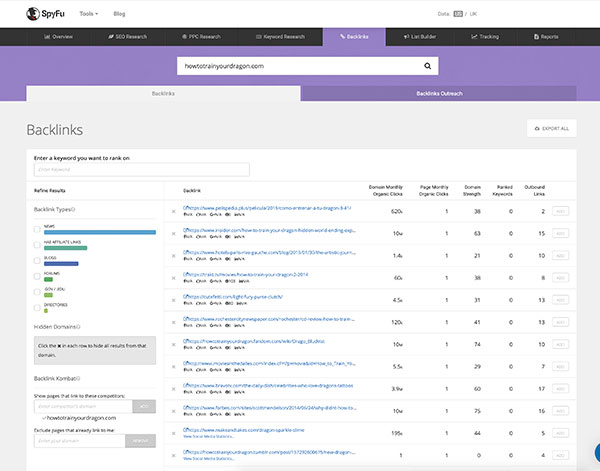
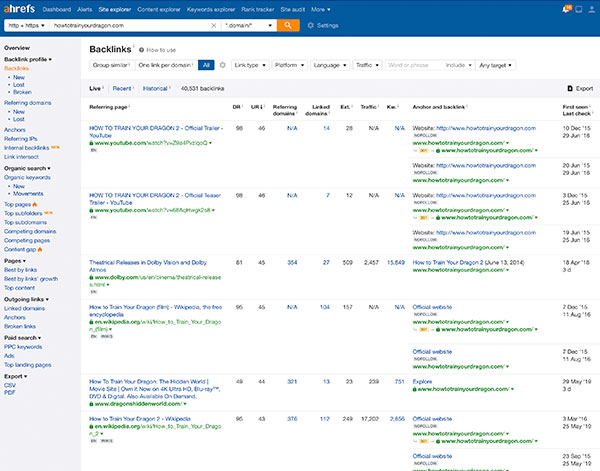


External SEO Expertise
As the competition in the organic search space grows even more intense, bringing on a team of experts to research, design, implement, and manage a custom SEO strategy is picking up steam amongst even mid-size organizations.
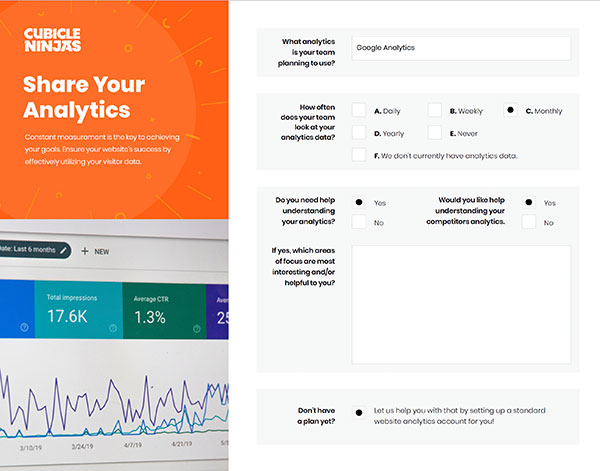

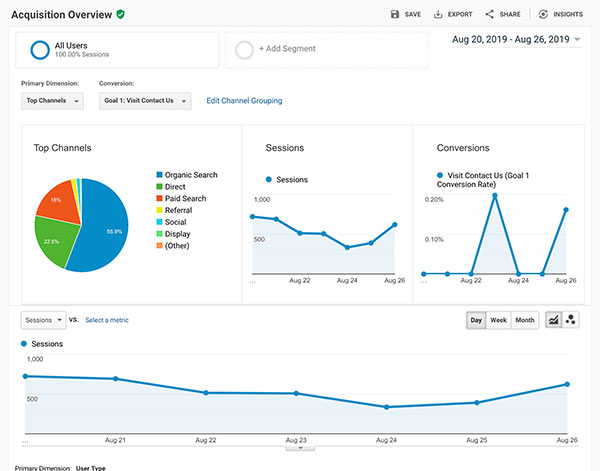

Mobile-First Indexing
As mobile continues to trump desktop on the platform of choice for web users, Google’s search algorithms will continue to crawl mobile versions of websites rather than desktop, making responsive design and SEO implementation even more key.

